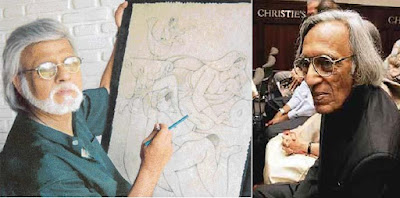
A creator becomes one with the Supreme being when involved in giving shape to his art form. He who is able to see things with a perceptive eye and is able to equate the form to matter, space and energy creates. This tradition has been established in India from 3,000 B.C. Nature's creations have been adapted by the artisans, be it in making pots, plates, nutcrackers hairpins, combs or utensils.

Indian handicrafts have made a name for themselves the world over. Ancient skills have been perfected by craftsmen who have learn the trade from their fathers, as did their fathers before them. This traditions continues over the centuries, safeguarding the wide an varied artistic wealth of India.

Today, this tradition unfolds itself in an overwhelming variety of products, combining aesthetic appeal with utilitarian value. To satisfy modern tastes and meet international demand, design institutes have been giving a new look to these traditional crafts. These beautiful items are like a breath of fresh air in an age of mechanization and mass production. The high caliber of skills exhibited in crating the products has stood the test of time. What's more, craftsmen have shown great ingenuity and flexibility in adapting to the requirements of the modern age.
Related Links:
01. Indian Art and Craft : The Living Age - 1
02. Indian Art and Craft : The painting history of India - 2
03. Indian Art and Craft : India the home of Painting - 3
04. Indian Art and Craft : Ajanta Paintings - 4
05. Indian Art and Craft : Floor Designs and Madhubani Paintings - 5
06. Indian Art and Craft : Art of body painting - 6
07. Indian Art and Craft : Shekhavati - India's Open Air Art Gallery - 7
08. Indian Art and Craft : Contemporary Painting - 8









































